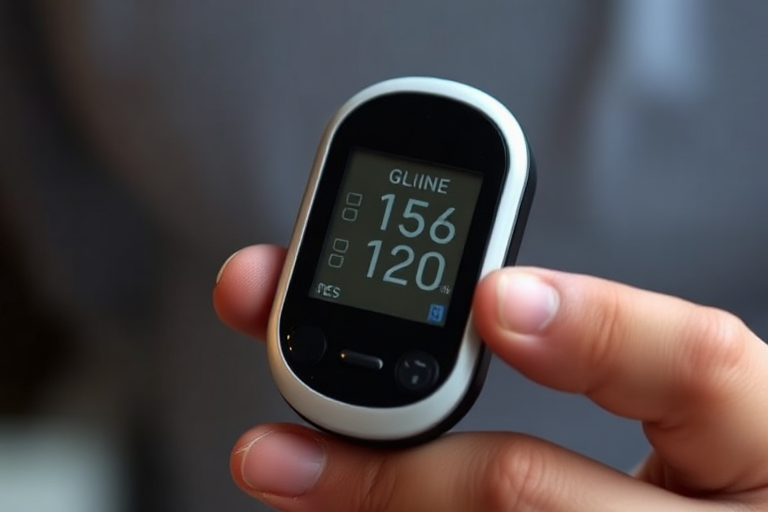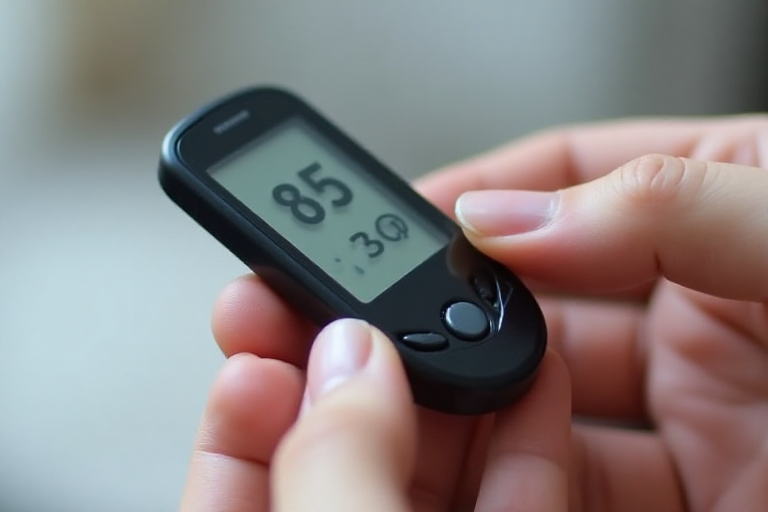
Maintaining optimal blood sugar levels is crucial for overall health, especially for individuals managing diabetes or prediabetes. Blood sugar, or glucose, is the primary source of energy for the body’s cells. However, when blood sugar levels are too high or too low, it can lead to serious health complications. This article delves into the importance of blood sugar health and explores how glucose monitoring devices can help individuals maintain balanced glucose levels.
Why Blood Sugar Health Matters
Blood sugar levels are influenced by various factors, including diet, physical activity, stress, and medication. Consistently high blood sugar levels, known as hyperglycemia, can damage blood vessels and nerves, leading to complications such as heart disease, kidney failure, and vision problems. On the other hand, low blood sugar levels, or hypoglycemia, can cause symptoms like dizziness, confusion, and in severe cases, loss of consciousness.
For individuals with diabetes, monitoring blood sugar levels is essential to prevent these complications. Even for those without diabetes, understanding blood sugar health can help in making informed lifestyle choices that promote long-term well-being.
Types of Glucose Monitoring Devices
Advancements in technology have made it easier than ever to monitor blood sugar levels. Here are some of the most common types of glucose monitoring devices:
1. Blood Glucose Meters
Blood glucose meters are the most traditional and widely used devices for monitoring blood sugar levels. They require a small blood sample, usually obtained by pricking the finger with a lancet. The blood is then placed on a test strip, which is inserted into the meter. Within seconds, the meter displays the blood sugar level.
These devices are portable, relatively inexpensive, and provide immediate results. However, they require frequent finger pricks, which can be uncomfortable for some users.
2. Continuous Glucose Monitors (CGMs)
Continuous Glucose Monitors (CGMs) are a more advanced option for blood sugar monitoring. These devices use a small sensor inserted under the skin to measure glucose levels in the interstitial fluid. The sensor sends real-time data to a receiver or smartphone app, allowing users to track their glucose levels throughout the day and night.
CGMs are particularly beneficial for individuals who need to monitor their blood sugar levels closely, such as those with type 1 diabetes. They reduce the need for frequent finger pricks and provide a more comprehensive picture of glucose trends.
3. Flash Glucose Monitors
Flash glucose monitors are similar to CGMs but do not provide continuous real-time data. Instead, users scan a sensor worn on the skin to get a glucose reading. These devices are less invasive than traditional blood glucose meters and offer a convenient way to monitor blood sugar levels without frequent finger pricks.
Choosing the Right Glucose Monitoring Device
Selecting the right glucose monitoring device depends on various factors, including the individual’s specific needs, lifestyle, and budget. Here are some considerations to keep in mind:
- Accuracy: Ensure the device provides accurate and reliable readings. Look for devices that are FDA-approved or meet other regulatory standards.
- Ease of Use: Consider how easy the device is to use, especially if you have dexterity issues or are not tech-savvy.
- Cost: Factor in the cost of the device, as well as ongoing expenses such as test strips or sensors.
- Features: Look for additional features such as data storage, trend analysis, and compatibility with smartphone apps.
Tips for Maintaining Healthy Blood Sugar Levels
In addition to using glucose monitoring devices, there are several lifestyle changes that can help maintain healthy blood sugar levels:
- Balanced Diet: Focus on a diet rich in whole grains, lean proteins, healthy fats, and plenty of fruits and vegetables. Avoid sugary foods and beverages that can cause blood sugar spikes.
- Regular Exercise: Physical activity helps the body use insulin more efficiently and can lower blood sugar levels. Aim for at least 30 minutes of moderate exercise most days of the week.
- Stress Management: Chronic stress can affect blood sugar levels. Practice stress-reducing techniques such as meditation, deep breathing, or yoga.
- Medication Adherence: If you are prescribed medication for diabetes, take it as directed by your healthcare provider.
Conclusion
Maintaining healthy blood sugar levels is essential for preventing complications and promoting overall health. Glucose monitoring devices play a crucial role in helping individuals manage their blood sugar levels effectively. Whether you choose a traditional blood glucose meter, a CGM, or a flash glucose monitor, the key is to find a device that fits your lifestyle and meets your needs. By combining regular monitoring with healthy lifestyle choices, you can take control of your blood sugar health and improve your quality of life.

